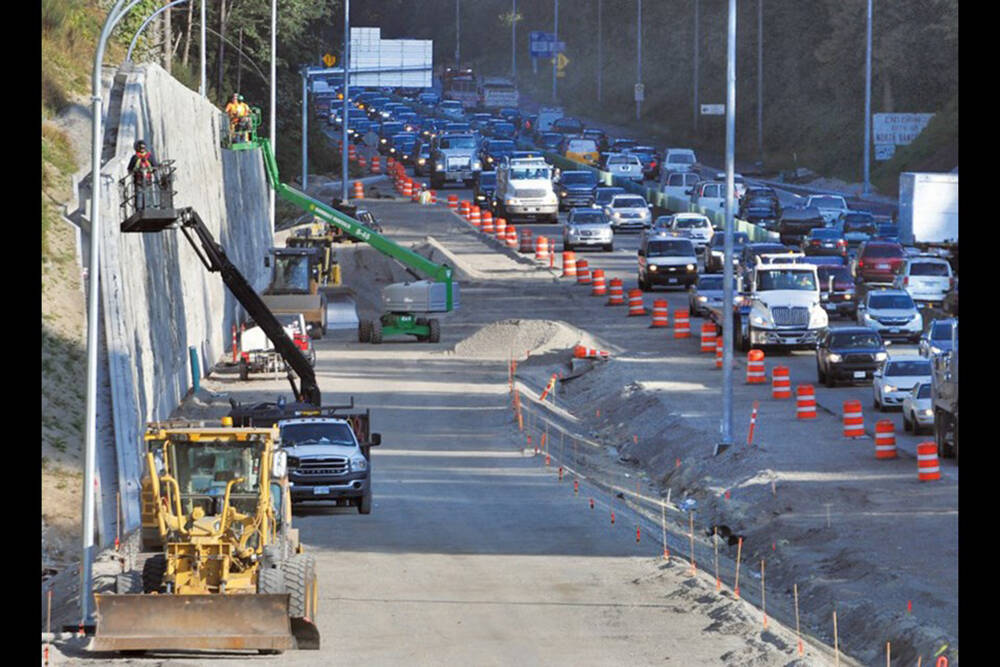
Introduction
Traffic in North Vancouver has become an increasingly critical issue for residents, commuters, and city planners alike. As the population grows and the demand for mobility increases, understanding current traffic conditions has become essential for navigating the area effectively. Major routes like Highway 1 and the Ironworkers Memorial Bridge are crucial for connecting North Vancouver to the rest of the region.
Recent Developments
Recent data indicates a spike in traffic congestion in North Vancouver, particularly during peak hours. According to the City of North Vancouver’s Transportation Department, average vehicle counts on central streets have increased by approximately 15% since the previous year. This rise is attributed to several factors, including population growth, construction projects, and changing commuter patterns post-pandemic.
To tackle this challenge, the municipality is undergoing various road improvement projects, including the expansion of the Marine Drive corridor and enhancements to bike lanes and public transit options. These projects are anticipated to alleviate some of the congestion while promoting sustainable transportation alternatives.
Impact on Commuters
For everyday commuters, the spike in traffic has led to longer travel times and increased stress levels. Reports suggest that average commute times have grown by around 10% over the last year. The North Shore Chamber of Commerce has highlighted the need for improved public transit and better infrastructure to accommodate the growing population’s demands. They emphasize that without strategic planning and investment, traffic congestion could become a long-term issue affecting local businesses and quality of life.
Looking Ahead
The future of North Vancouver traffic will depend largely on how effectively local authorities can implement their transportation strategies. Residents are encouraged to participate in community consultations regarding ongoing and future projects. Improved traffic management systems, realistic commuting alternatives, and, importantly, public engagement will be vital in addressing these challenges.
Conclusion
Traffic in North Vancouver is becoming a pressing concern that requires immediate attention and action from both city officials and community members. As development continues and more people flock to the area, planning must evolve to ensure adequate infrastructure and transport solutions. Staying informed about traffic conditions will also help residents and commuters to adjust their daily routines. It is crucial to remain engaged as the city works toward a solutions-oriented approach to reduce congestion and enhance mobility for all.



